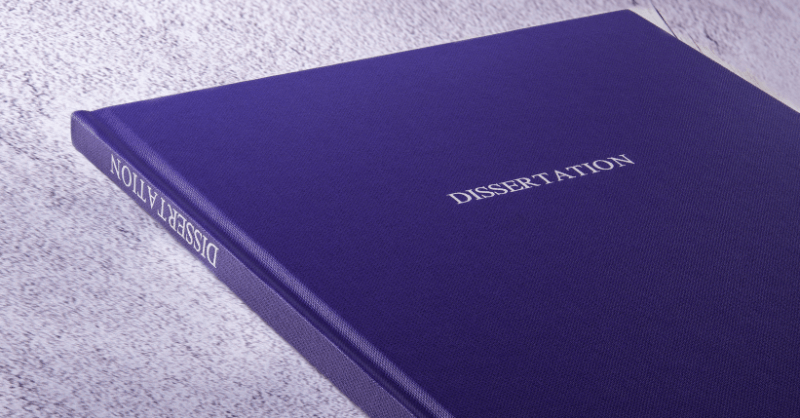Have you ever had much information to write but not enough time? If so, shorthand writing could have been extremely useful to you. Shorthand essentially uses abbreviated symbols to increase the speed of writing and create a concise and memorable summary of information.
Many people already use abbreviations to simplify their writing and increase speed. For example, we often change ‘with out’ for ‘w/ out’. Now imagine that there is a whole standardised system of abbreviations to simplify your writing. This is shorthand.
The use of shorthand, or short writing, allows you to save much time and greatly increase the speed at which you write. It can allow you to write at speeds of 50+ or even 150+ words per minute, as opposed to 20-30 wpm writing normally. Online shorthand courses teach people this system of symbols in order to simplify their work.
But when was shorthand first developed? And is it still useful today?
Below, we will go over the history of shorthand, its relevance today, and the most common styles.
In this article -
What is Shorthand?
People have always used symbols in an attempt to write information rapidly. In fact, forms of shorthand were discovered to have existed in ancient Rome and Greece. For instance, slabs of marble from the Parthenon in Ancient Greece contain a writing system using abbreviations for words.
The process of writing in shorthand is called stenography, which comes from the Greek words stenos (narrow) and graphein (to write). The opposite of shorthand is longhand – the style of writing we normally use.
Interest in shorthand rose in 16th-century England, and many new systems were developed. However, it wasn’t until the 18th century that the modern methods we know were developed in the UK. Several inventors designed their own systems, each with its own benefits and drawbacks. Certain systems, such as Pitman shorthand, rose to become more popular, and we still use some of them today.
Modern professionals today utilise shorthand in order to work faster. Employees who must quickly transcribe speech or take notes will highly benefit from learning shorthand. It is also an important qualification for those working in journalism. It allows them to create concise notes and quickly report on urgent news stories.
There are different styles of shorthand, some more popular around the world than others.
Shorthand Styles in Modern Times
The two most popular shorthand styles in the UK today are the Pitman and Teeline. Gregg shorthand is also popular in the United States.
Pitman Shorthand
Sir Isaac Pitman invented this form of shorthand in 1837. This method was the easiest to learn when it came out and, thus, quickly became the most used. Newspapers in the 19th century would even send reporters to quickly and accurately cover events using shorthand.
Pitman shorthand uses a phonetic system. This means that the symbols represent sounds, rather than letters. This shorthand system uses straight or quarter-circle strokes to indicate consonant sounds. To indicate vowel sounds, writers use dots, dashes, or other varying marks.
Today, it is still one of the most widely used systems around the world and has been adapted for 15 languages.
Teeline Shorthand
James Hill, a Pitman shorthand teacher, developed this system in 1968. It is an alphabet-based system, as opposed to Pitman’s phonetic system.
Teeline users eliminate unnecessary letters from words in order to streamline their notes. It also gives users the ability to create their own groupings of words, thus greatly increasing speed. This method of shorthand allows for writing speeds of up to 150 words per minute and is usually easy to learn.
Teeline Shorthand is now one of the most commonly taught methods in the UK. In fact, the National Council for the Training of Journalists, which certifies UK journalists, accepts this method.
Gregg Shorthand
Another style of shorthand is called Gregg shorthand. John Robert Gregg invented it in 1888, almost fifty years after Pitman shorthand. However, it is much harder to learn than Pitman.
This system is based on elliptical figures and bisecting lines, much like cursive longhand. Gregg shorthand is primarily favoured in the United States. The Spanish adaptation is also commonly used in Latin America.
Learning Shorthand
As you can see, shorthand is an important system that will continue to be used in the future.
Any professional that needs to quickly write down information can benefit from learning shorthand. Whether you are a secretary taking notes at a meeting, a journalist covering a press release, or students who want to take faster notes, shorthand can benefit you.
Once you learn how to use shorthand, you can often practice to become an expert. With time, you can effortlessly write 50+ or more words per minute. Shorthand can save you so much time taking notes, and it is not too difficult to learn.
FAQs
1. Is shorthand still used?
Yes, shorthand is still used today, especially in fields like journalism, court reporting, and note-taking where fast and efficient writing is crucial for capturing information accurately and quickly.
2. What is shorthand writing?
Shorthand writing is a method of rapid handwriting that uses symbols to represent words or phrases, allowing for quicker note-taking and transcription. It’s a system designed to capture spoken words efficiently, often used by journalists, secretaries, and court reporters to record information swiftly.
3. Do people still use shorthand?
Shorthand is still used by people today, despite advancements in technology. It remains relevant for tasks like note-taking, transcribing, and rapid writing. While not as widespread as in the past, shorthand skills are valuable in certain professions, such as court reporting and journalism.
4. Does anyone use shorthand anymore?
Yes, shorthand is still used today by various professionals such as journalists, court reporters, and secretaries. It allows for fast and efficient note-taking, especially during interviews, meetings, and dictations.
5. What is short hand course?
Short handcourse is a method of rapid writing that uses symbols to represent words or phrases, commonly used for taking notes or transcribing spoken language.
6. What is the use of shorthand course?
Shorthand courses are useful for quickly writing spoken language in abbreviated form, enabling efficient note-taking during lectures, meetings, or interviews. This skill is particularly valuable for secretaries, journalists, and anyone needing to transcribe spoken words rapidly.
7. When was pitman shorthand invented?
Pitman shorthand, a writing system for faster note-taking, was invented in 1837 by Sir Isaac Pitman.
8. What is shorthand typing?
Shorthand typing is a method of quickly writing down spoken words in abbreviated form. It’s designed to capture speech at a rapid pace, making it easier to transcribe conversations or dictations.
9. Is shorthand hard to learn?
Learning shorthand may seem daunting at first, but with practice and dedication, it becomes manageable.
10. Who uses shorthand writing?
Shorthand writing is used by journalists, secretaries, court reporters, and anyone who needs to take notes quickly and efficiently.







 December 23, 2022
December 23, 2022








